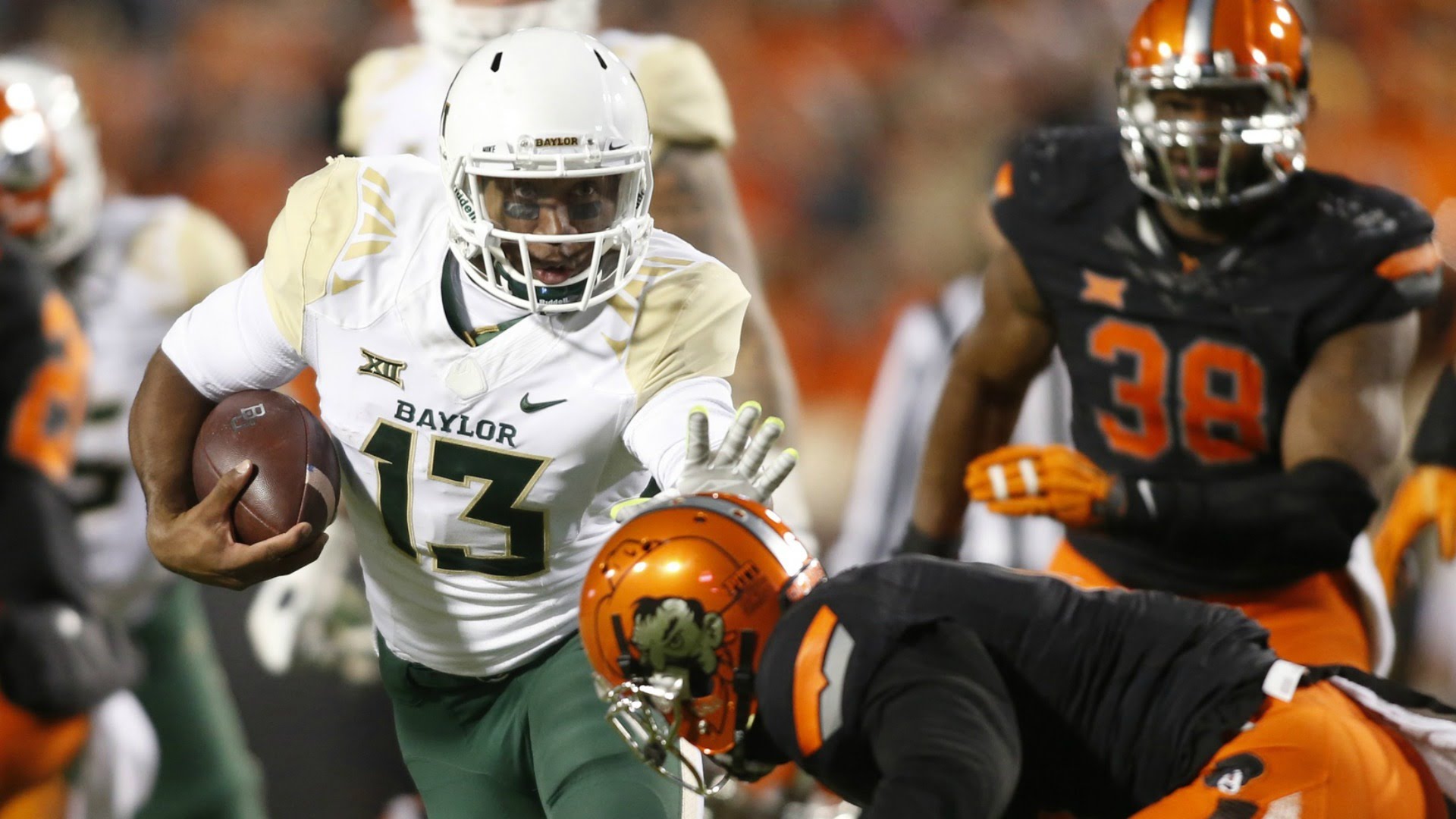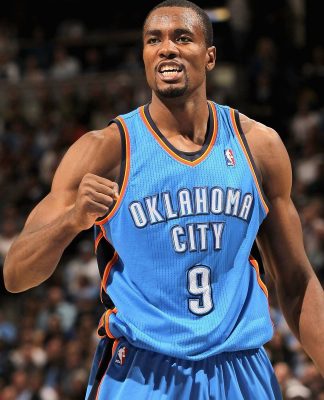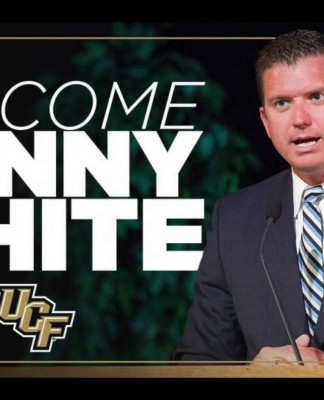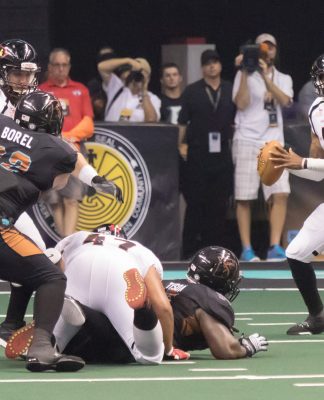Baylor’s season was defined by the key piece that was missing. The Bears lost two quarterbacks and will start a third-string quarterback Tuesday.
The excitement was palpable from the Russell Athletic Bowl when it announced what promised to be a high-scoring, offense-moving matchup for its bowl game Tuesday.
Baylor and North Carolina. Both teams have proven more than capable of putting up fireworks and lots of points — the two teams average more than 450 yards of total offense per game and 40 points per game. This was the dream matchup for any bowl with the attendant television ratings and vines and all that comes with an offensive game.
The Bears especially have established a reputation for their offensive system. It built Robert Griffin III into a Heisman-winning quarterback and turned a moribund program often seen as the Big 12’s doormat (whether there were 12 teams or not) into one of its powers.
Baylor has all that offensive gravitas again. The Bears scored 48.0 points per game and racked up 604.6 yards per game — featuring a balanced offense with 300 yards rushing and 300 yards passing. They have the fourth best offense according to Football Outsiders’ S&P+, including the 11th best pass offense.
This is a team that, as always, puts up points using a system Art Briles has devised for efficiency and plug-and-play quarterbacks.
The end of the season then became an interesting experiment. What happens when you take away all of a team’s quarterbacks? Can the offense still hum along?
The injuries to quarterbacks Seth Russell and Jarrett Stidham hurt the team in a major way. A team ranked as high as No. 2 in the AP Poll on Nov. 1 began precipitously falling. By then, Stidham had already taken over as quarterback with Russell suffering an injury requiring surgery on his cervical vertebrae.
Stidham then suffered a broken bone in the back of his ankle during Baylor’s win over Oklahoma State. Third-string quarterback Chris Johnson took over and has been named the starter for Tuesday’s Russell Athletic Bowl, but he too suffered an injury in the finale, causing Baylor to turn to wide receiver Lynx Hawthorne.
Johnson himself was transitioning to wide receiver before the injury necessitated his move back to quarterback.
He threw for just 220 yards in seven games this year. Most of those came in the second half against Oklahoma State — 138 yards on 5-for-10 passing with two touchdowns in the win. The following week against TCU, Johnson threw for 62 yards on 7-for-24 passing.
And then Johnson went down with an injury against Texas, forcing wide receiver Lynx Hawthorne to throw the ball 22 times.
Even when he was starting, Johnson struggled to make the quick, efficient passes Art Briles’ offense requires. The Bears became a relatively one-dimensional team — 273 rushing yards against TCU and 395 rushing yards against Texas, both losses.
The Bears desperately need that balance to make their offense work.
Still, it is often said about Baylor’s offense that they can mix and match a quarterback into their system. Robert Griffin III gave way to Nick Florence who gave way to Bryce Petty.
It did not matter who was at quarterback or the talent level, they could plug in and put up points and video-game yards. That is what made Baylor so attractive. And they did with a mix of the run and pass. Like Oregon, they got players in space and scored.
That is simply what the offense is. But it needs a quarterback making quick reads and accurate, precise throws to work at its maximum capacity. Training the quarterbacks to run the system is really the big effort to its success.
For Baylor entering the Russell Athletic Bowl on Tuesday, the question is whether that is enough time to get Johnson up to speed.
The Tar Heels’ defense certainly presents a challenge. This is not Baylor’s stereotypical non-conference warmup for a new quarterback.
Baylor will need Johnson as much as any player in this game. It is the center of the prolific Baylor offense.



















[…] an offense coming from Briles, who has installed a unique and revolutionary offensive system that seemingly plugs and plays new quarterbacks and receivers with relative […]